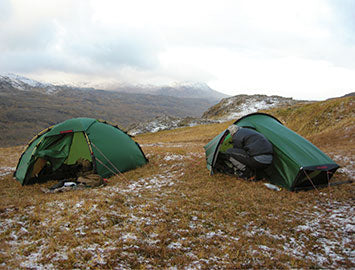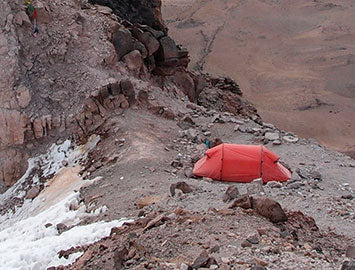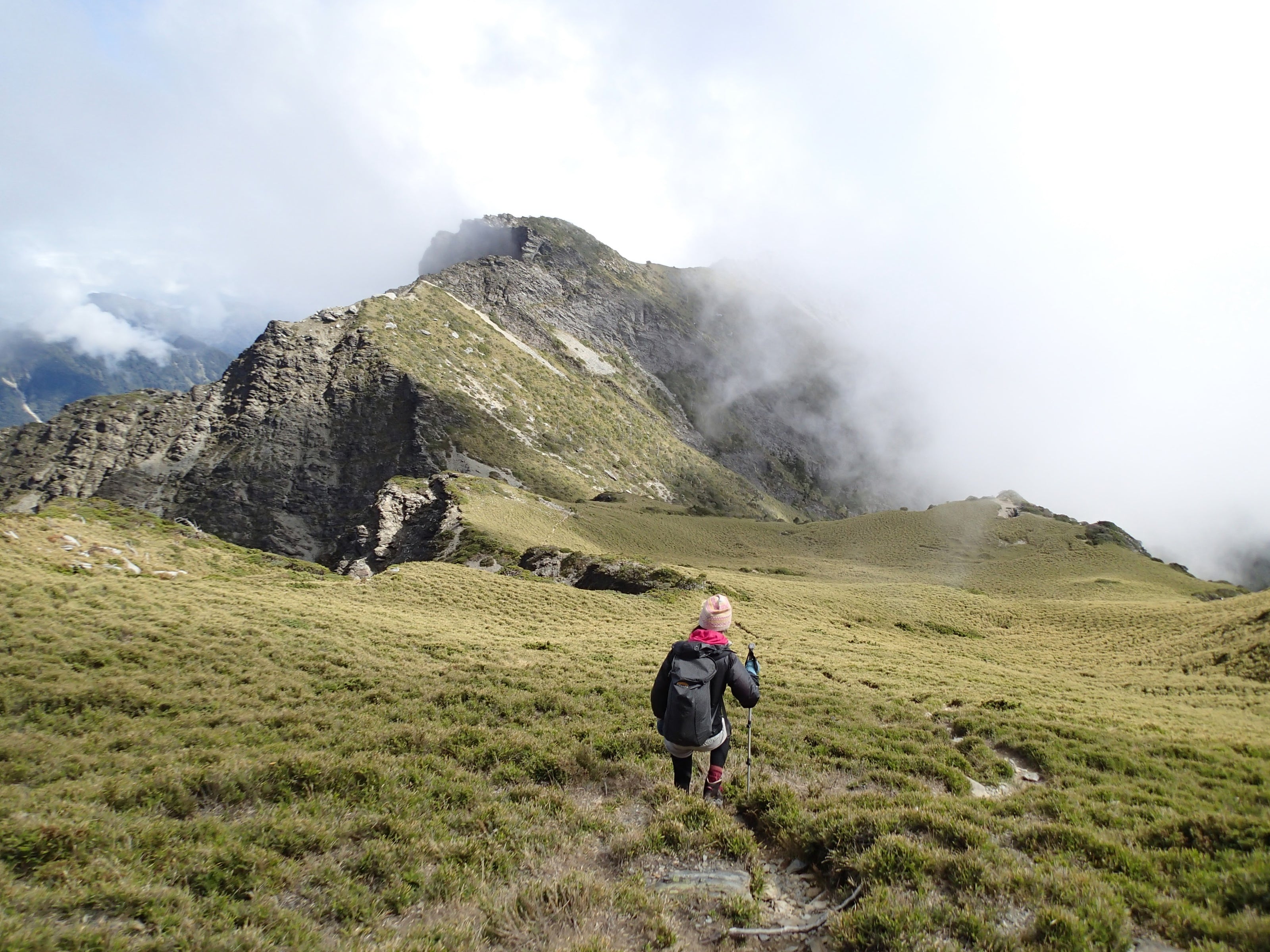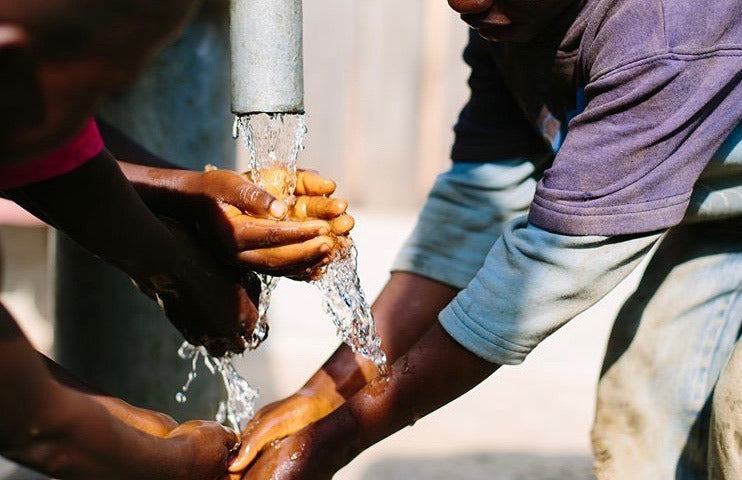The world's top tent HILLEBERG How to choose the right tent
There is no such thing as the best Hilleberg tent, only the best Hilleberg tent for you. Choosing the right tent is essential for your outdoor adventures, rock climbing, hiking, hunting, ocean kayaking, biking or motorcycle trips.
Please think about the place, time and form of tent you use most often. Think about what specific features and performance of the tent are most important to you, and evaluate how much you know about your abilities in the wilderness. confidence and experience.
With this information, you can decide which tent will best suit your needs.
In the end, only you can decide which tent is best for you, but this tent will truly become your home in the wilderness and we want you to choose wisely!
Which tent best suits your needs

- First, make an assumption about how you will use your tent, when you will use it, where you will use it, how often you will use it, and how hard you will use it. This is true for any outdoor activity such as backpacking. Traveling, rock climbing, skiing tours, etc…must do before then.
A good rule of thumb is to assume that your use situation is more severe and you need more all-around strength, ease of use, tent reliability, more versatile uses, and broader adaptability.
In any season, the pressure a tent bears will vary depending on the location. For example, a tent used in an unsheltered scenic area will bear greater pressure than a tent used in a forest reserve. .
Generally speaking, in unsheltered terrain, weather changes will be more severe than in ordinary terrain at any time of the year.
"Unsheltered areas" can refer to mountains, or in extreme climates, anywhere without any shelter. Windswept mountains, moors, steep and towering deserts with rolling boulders, and hills above the Joeben vegetation line are all "unsheltered areas."
The desert is notorious for its bad weather and gravel-filled environment, which can cause severe damage to tents. Adding the factor of snow and ice to "unsheltered areas" - encountering snowstorms in mountains or plateaus, or glacier tours in any weather - will also significantly increase the damage to the tent. In addition, when your journey is longer, you need a tent with a higher safety level and more practical materials.
Based on your personal preferences, if strength, ease of use, and comfort are most important to you, choose a Black Label tent. If you need a lighter tent than high strength, high ease of use and high comfort, please choose a red label tent. If you are only looking for the most lightweight tent, consider a yellow label tent. If you have any concerns about how well you will use your tent, we strongly recommend that you choose a tent that is one level above.
Size, structure and specific characteristics

- Some people prefer to use a tent by themselves, while others prefer to use a tent with a group. One thing to note here is that our tents are designed for a specific number of people and their equipment. Increasing the size of the tent will obviously increase comfort, but it will also add extra weight. As for structure, if you’re traveling long distances and need to put up your tent every day, use our tunnel tents. It offers the best space-to-weight ratio and is best for adventurers who have to carry everything.
If you like to use a base tent and start a small journey from the base tent, the dome tent (Dome) has strong static endurance and can be firmly supported even if heavy snow accumulates without warning.
In our dome model, we will distinguish between "Self Supporting" tents and "Free Standing" tents. The vestibule space of the "Auxiliary Supporting" tent requires the support of camp pegs to stand, while the "Free Standing" tent ”Tents are not required. Self-standing tents are more suitable for places where it is difficult to place camping pegs, such as gravel soil and gravel soil.
Again, the biggest factor influencing choice is personal preference. Regarding tent construction, some people prefer tunnel tents to dome tents and vice versa. Another consideration is single entrance or double door entrance. Single entrance tents are generally lighter, while double door entrance or double entrance tents provide better convenience, more storage space and more ventilation. effect. For taller people, they will find it more comfortable to use a two-door tent because it has a larger usable space. Another option is to extend the vestibule. When you, your family, and pets are on a trip that uses a lot of equipment, the extended vestibule will have more storage space and allow you to enjoy more wilderness during your trip. Chance. The disadvantages are that a larger camping site is required and more unavoidable weight is required.
The myth about lightweighting

- When weight is the most important factor, choosing the lightest tent or base tent is the best option. But it is undeniable that when the weight is lighter, the materials used are lighter. When the materials used are lighter, the strength they can provide is lower, and the UV resistance and durability of the tent also become lower. Also, when a tent is lighter, it offers fewer features, it provides less comfort, and it may not provide enough safety when you use it in extreme weather conditions. If you need the strongest tent possible for your adventures, weight shouldn’t be your top priority.
In any case, a simple tarpaulin like the Rajd in the Blue Label tent is used as a shelter. It is the most lightweight option and has been used successfully by many users. But this tent does sacrifice some comfort, condensation resistance, durability and basic strength. When used in extremely poor weather conditions, using a tent with minimal protection can be a recipe for disaster.
When you're choosing a tent, don't just think about the tent's weight. Think about everything you'll be carrying and calculate the relative weight of the tent for an average number of people. For example, as a four-person tent, the Keron 4 weighs 4.6kg, which is equivalent to a counterweight of only 1.15kg for one person, which is quite lightweight. But if there are two Nallo 2 tents, the weight is 4.8kg, and they cannot provide the same comfort and space as Keron. Even for three people, Keron 4 only weighs 1.5kg per person, which is an amazingly light weight for the level of comfort and safety Keron provides.




